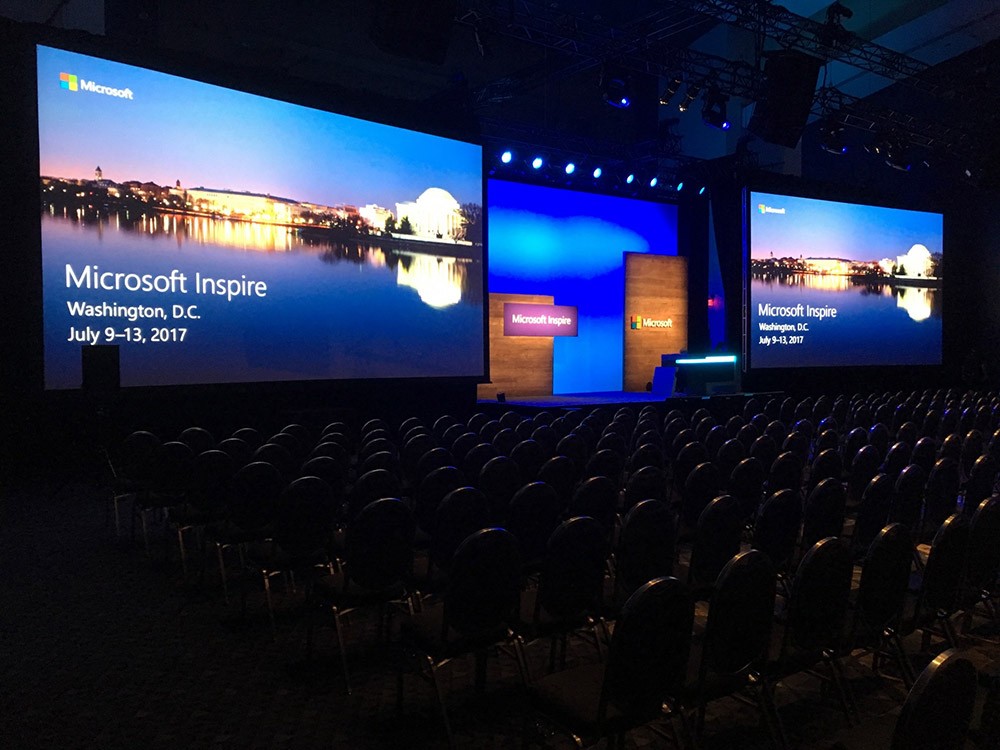The initial step in ensuring color accuracy is understanding how LED technology works. LEDs, or light-emitting diodes, produce light in various colors by mixing red, green, and blue (RGB) light. Each pixel on an LED wall consists of these three colors. When tuned properly, the mix of RGB can produce a broad range of hues. However, if one hue is too intense or too faint, it can distort the entire display. This is why tuning is needed to balance the hues and reach the intended graphic effect.
Tuning involves adjusting the configurations of the LED wall to make sure that the hues displayed correspond the initial material as nearby as feasible. This process typically includes using specific software and hardware instruments. Technicians often use color assessment devices, such as color meters, to analyze the hues being displayed. By contrasting the measured hues to benchmark color values, they can make exact adjustments. This ensures that the colors are not only lively but also consistent across the whole screen.
Another crucial factor of color accuracy is comprehending the surroundings in which the LED screen is used. Factors such as surrounding light can significantly affect how colors look. For instance, a well-lit lit room may fade colors, making them look less lively. To counteract this, technicians may modify the luminosity and differentiation configurations of the LED wall. Additionally, they may select specific color settings that are better appropriate for different lighting environments. This adaptability helps preserve color precision regardless of the viewing surroundings.

Finally, regular maintenance and re-tuning are crucial for maintaining see it here an LED wall looking its finest. Over time, the functionality of LEDs can change due to factors like degradation and heat fluctuations. Regular checks and adjustments can help ensure that the hues stay accurate and vibrant. By investing time in proper calibration and upkeep, venues can provide audiences with breathtaking visual displays that improve their overall experience. Perfecting color precision in LED screen calibration is not just a mechanical job; it is an art that adds to the magic of graphic narration.